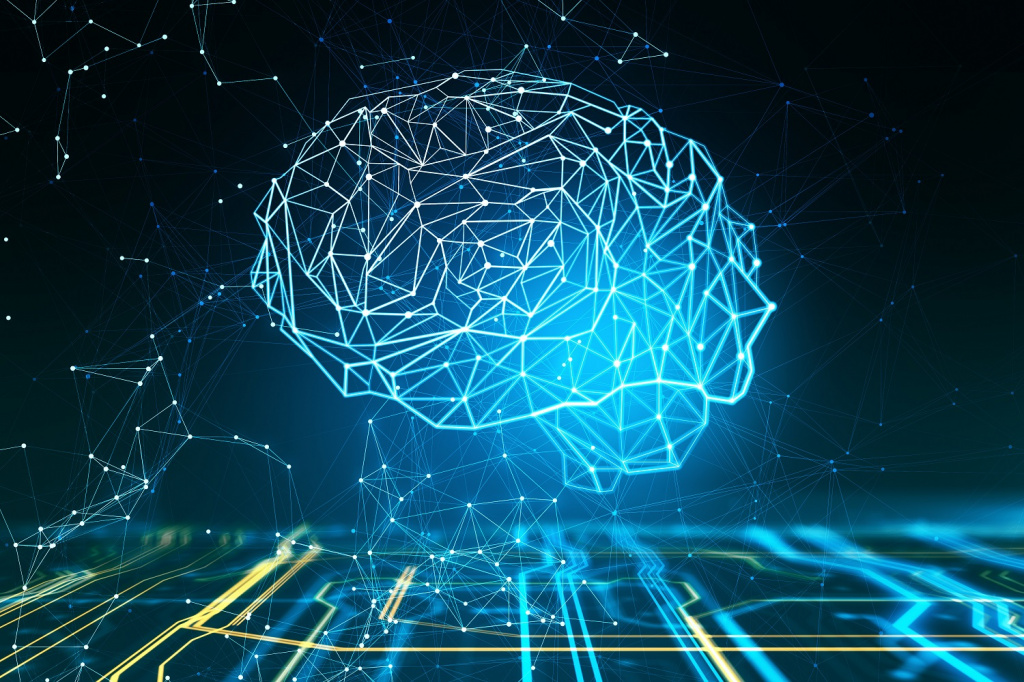Today’s artificial intelligence consists primarily of highly specialized systems solving specific problems: speech recognition, text translation, and disease diagnosis. But scientists and philosophers are already considering the next step—artificial general intelligence (AGI), capable of thinking, learning, and adapting as flexibly as humans.
AGI is a hypothetical form of AI possessing cognitive abilities at or above human levels. Unlike current models, AGI will be able to transfer knowledge from one domain to another, build cause-and-effect relationships, and make decisions in unfamiliar situations. Currently, such AI exists only in theory.
One path to AGI is multimodal models that combine text, images, sound, and even tactile data. Such systems learn from a more complete picture of the world, bringing them closer to human perception. For example, a model could not only describe a painting but also explain why the artist chose certain colors. Another area is neuromorphic computing. Instead of traditional processors, chips that mimic the structure of the brain are used. They consume less energy and are capable of continuous learning, making them promising for creating more lifelike AI.
However, the path to AGI is fraught with challenges. Human intelligence is based not only on data, but also on emotion, intuition, and social experience—qualities that are difficult to formalize. Furthermore, training on trillions of data sets does not guarantee understanding of meaning.
Advertising


